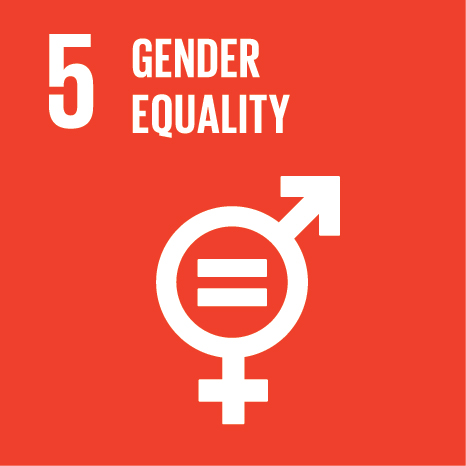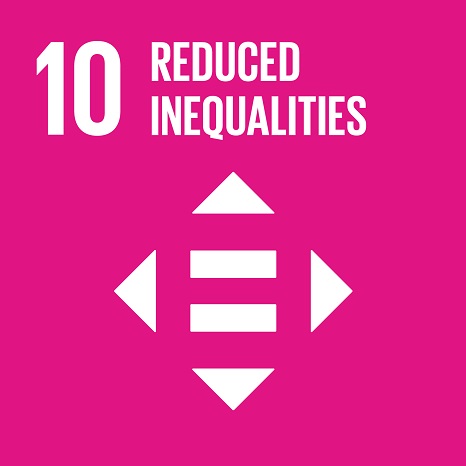Ciência_Iscte
Publications
Publication Detailed Description
Having friends with gay friends? The role of extended contact, empathy and threat on assertive bystanders behavioral intentions
Journal Title
Psicologia
Year (definitive publication)
2017
Language
English
Country
Portugal
More Information
Web of Science®
Scopus
Google Scholar
This publication is not indexed in Overton
Abstract
Peers are present in more than 80% of bullying episodes and research showed that bystanders have a very important role in stopping bullying episodes. However, little is known about the predictors of assertive interventions by bystanders. The current study explored if extended contact (i.e., having friends who have gay friends), is related to assertive behavioral intentions to help the victims of homophobic bullying, through increased empathy and decreased masculinity/femininity threat. An online survey was completed by 87 heterosexual adolescents (12 to 18 years old). Results revealed that, as expected, extended contact was associated with more assertive interventions, via increased affective empathy and decreased masculinity/femininity threat. These findings replicated and extended previous studies by illustrating the underlying mechanisms through which extended contact positively affects bystanders' interventions.
Acknowledgements
--
Keywords
Bullying,Homophobia,Extended contact,Bystanders
Fields of Science and Technology Classification
- Psychology - Social Sciences
Funding Records
| Funding Reference | Funding Entity |
|---|---|
| PD/BD/114000/2015 | Fundação para a Ciência e a Tecnologia |
| UID/PSI/03125/2013 | Fundação para a Ciência e a Tecnologia |
Contributions to the Sustainable Development Goals of the United Nations
With the objective to increase the research activity directed towards the achievement of the United Nations 2030 Sustainable Development Goals, the possibility of associating scientific publications with the Sustainable Development Goals is now available in Ciência_Iscte. These are the Sustainable Development Goals identified by the author(s) for this publication. For more detailed information on the Sustainable Development Goals, click here.

 Português
Português




